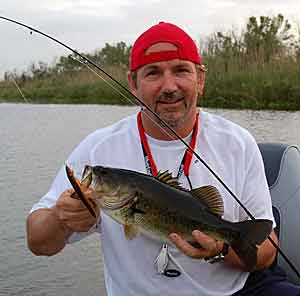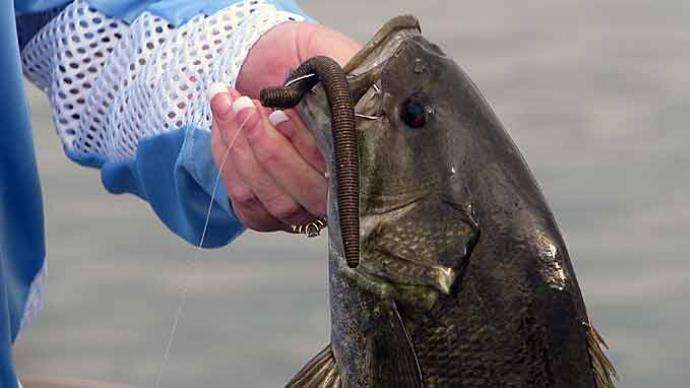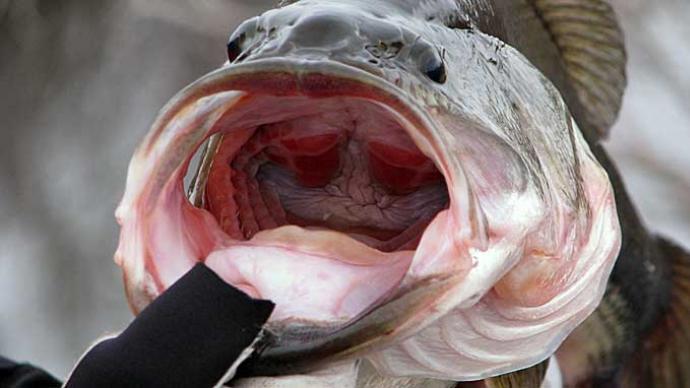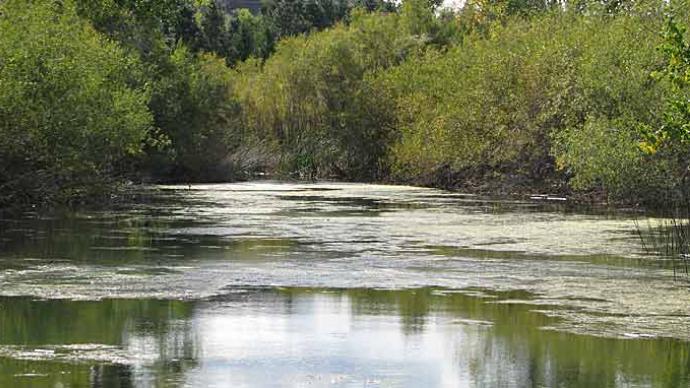
Locating fish is likely the most important factor in becoming a successful angler, more so than the skill required to catch them. If you can apply a few factors into your search, you’ll spend less time searching and more time fishing. Although the title of this article is a little misleading in that depth is not the only factor in determining fish location, it often times is the most important.
The ‘Father of Structure Fishing,’ Buck Perry was fond of saying: “ The fish are shallow, deep, or somewhere in between.” Although it may sound like the quote should have come from Yogi Berra, it does makes sense when it comes to offshore fish location. If you only target shallow, shoreline fishing areas and you’re happy with sharing those areas with almost every other angler on the water, you need not read any further.
Rarely do you need to travel great distances from shore to find fish willing to bit. Determining what depth they are holding at is paramount to catching them. Using Mr. Perry’s formula for dividing a body of water into depth ranges you can loosely refer to shallow water as anywhere from the surface down to a few feet deep, deep could be measured from the bottom to the top of the most defined structural change in depth closest to the bottom and the area in between would be, well, in between. By defined structural change I’m referring to an area similar to the top of the old riverbank in a reservoir. This depth varies depending on thearea of the lake.The total depth ofthewater in any given area is often referred to as thewater column.
Whatever method you use to define the depth, top-middle and bottom, or shallow-deep and in between, does not matter. What matters is your awareness of those different areas. Now it’s time to put the understanding of that breakdown into use for purposes of determining fish location at any given time. I should mention here that seasonal movements of fish should always be your first consideration when attempting to determine their location.
The activity level of fish is often determined by their location in the water column, and the presence of forage. Sounds a little like a ‘Catch 22,’ doesn’t it. But by knowing one of these factors, the other can often be determined easily. An example would be helpful, so imagine you’re in a search mode with your eyes glued to your electronics. You start marking fish located 15 feet down in 40 feet of water. It doesn’t matter what type of fish, or forage. You have just determined both the depth you should be targeting and the activity level of the fish you just marked. The majority of fish in the area will be in 15 feet of water. As the fish you just marked aren’t relating to either cover or structure, you can assume they are in a neutral mood. This isn’t a determination that all the fish located in 15 feet of water are in a neutral mood, only that these fish are.
The opposite scenario would be randomly casting structure or cover at a certain depth – say 15 feet – to locate active fish. You would be able to determine the activity level of the fish and the depth they’re using. The downside to using this approach is the fact that rarely will you find active fish at 15 feet, 25 feet, or 8 feet probing that depth. You can spend an entire day randomly searching andnever find the location of active fish.You unknowingly passed up fish that were active above or below the depth you were targeting.
Using the first example, you’ve determined the depth that most of the fish will be, you look for cover or structure in that depth range and then you determine their activity level by systematically fishing for active, neutral or non-aggressive fish. Whether or not you catch fish on that piece of cover or structure shouldn’t deter you. If you are confident that the fish in that area are holding in 15 feet of water, as you should be, you search out another spot at that depth.
A systematic approach will give you the best chance of locating fish and determining the proper depth is a major part of that system. There are many others; season, forage, structure, wind, shade, cover, etc. but this part of the puzzle is often the most misunderstood.
About the author. "I (Joe Cortesi) have a passion for fishing and have been targeting bass for over forty years. As a teacher, I have introduced everyone from todlers to seniors to this great sport and nothing gives me greater pleasure than to share the experience of a student's first catch."



